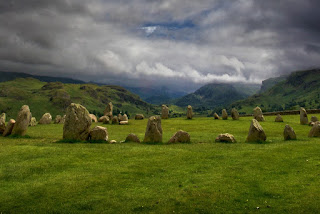Pacific Northwest Urban Meadowscaping (PNUM) is a collaborative effort to develop lawn alternatives using native bunch grasses and wildflowers well suited to the Pacific Northwest’s Willamette Valley. As homeowners become more aware of the environmental impacts of their landscape choices, naturescaping programs are receiving more requests for lawn replacement options. Although common, lawns provide little benefit to storm water infiltration, water quality, or wildlife habitat and require polluting inputs such as fertilizers and mowing.
The goal of PNUM is to provide public education, technical support and assistance with the planning, planting and monitoring of meadowscapes on residential landscapes and in public parks to increase wildlife habitat and stormwater infiltration in the urban realm. Continuing analysis of available data will be used to determine best management practices for installing and maintaining urban meadows. In addition to answering practical questions, PNUM aims to cause a paradigm shift in what people think of as a beautiful “lawn.”
https://wmswcd.org/programs/pacific-northwest-urban-meadowscaping/










